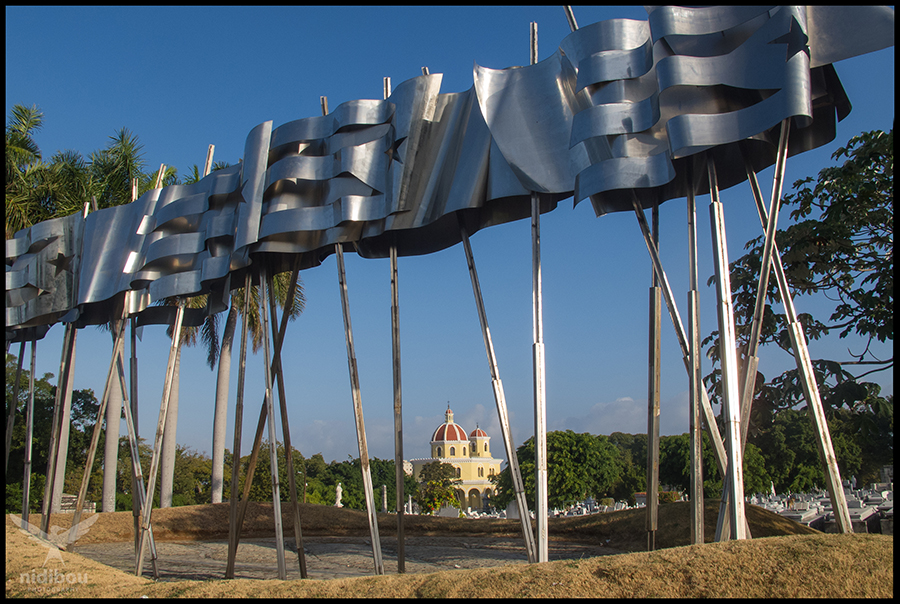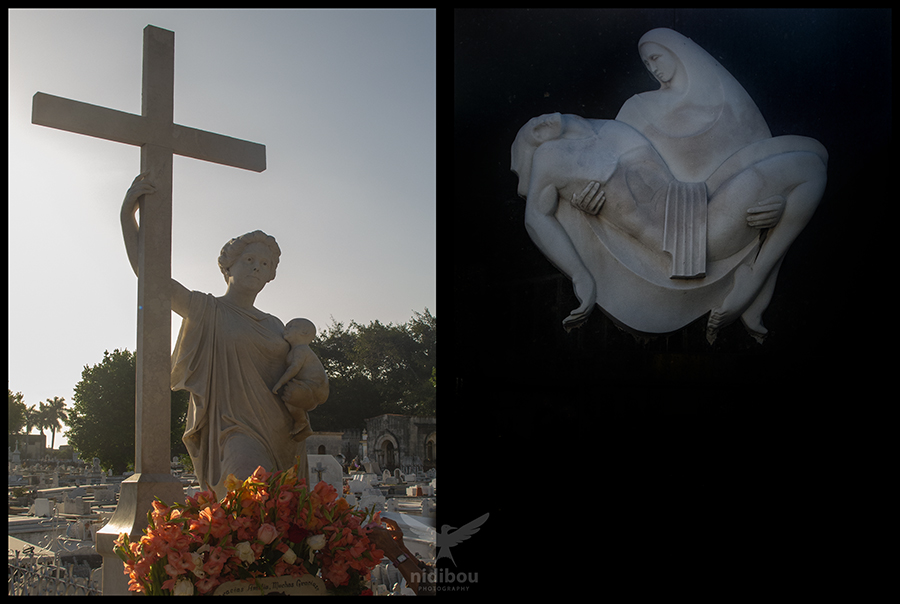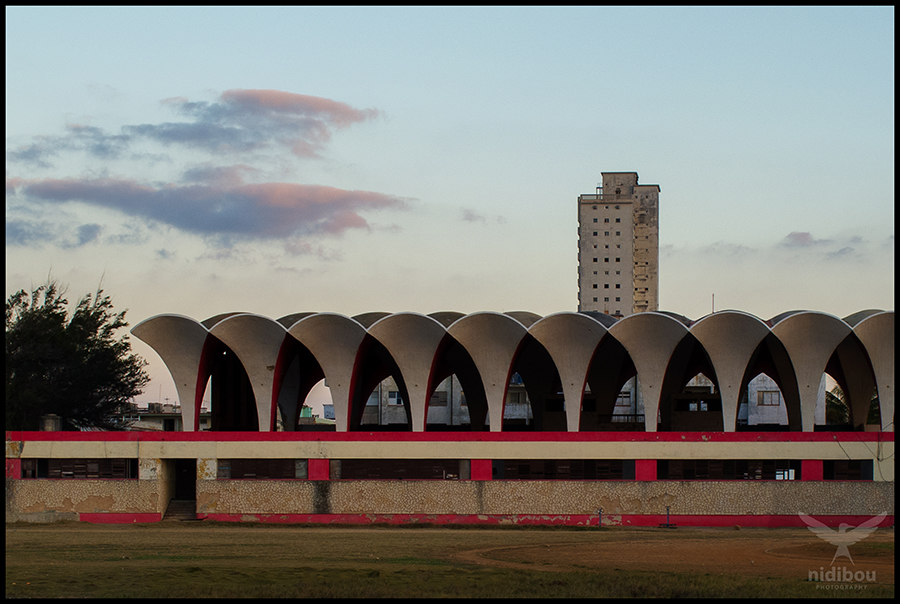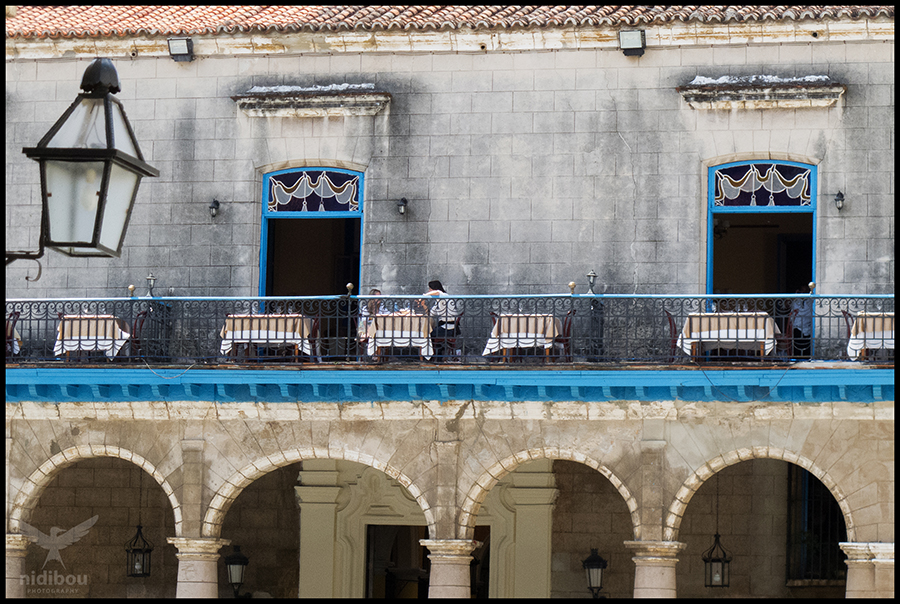Beauty around us / Cuba-Havana
Exactly six years ago today, I was in the magical city of Havana. Another dream of mine came true.
Blue and the cloud | f4 | 1/2000 | ISO 400
Sunset in Havana | f4.5 | 1/250 | ISO 80
Man and the past | f4.5 | 1/2000 | ISO 400
For many Greeks, Cuba is an exotic destination, so very often they still ask me "how is it in Cuba?" The short answer is "like filming a documentary."
Palm house | f8 | 1/2000 | ISO 400
So exotic before my eyes at the time I was there and even more exotic now, as a memory inside my head.
Really old cars | Multiple aperture and shutter speed | ISO 100
Havana is a dream city. Extreme contrasts, countless beauties and fragments of frozen time in every corner. Old (really old) American cars, colonial buildings, forts, skyscrapers, fabulous hotels (Nacional de Cuba, Habana Riviera, Capri, Inglattera and Hotel Ambos Mundos) and legendary bars (La Bodeguita del Medio and El Floridita); there is something for everyone here.
HOTELS AND BARS
The historic Nacional de Cuba Hotel opened its doors on 1930. Among its famous guests over all these years are Gabriel García Márquez, Steven Spielberg, Francis Ford Coppola, Leonardo DiCaprio,Yuri Gagarin, Jean-Paul Sartre and Simone de Beauvoir, just to name a few. Some other interesting facts:
-Jean-Paul Sartre and Simone de Beauvoir visited Cuba in 1960 staying in the hotel. The couple had an interview with Che Guevara. Jean-Paul Sartre wrote 'Sartre visits Cuba' which was published in Hanava in 1961, about his experiences in revolutionary Cuba. The hotel has since named the room he stayed in after him.
-In December 1946 the hotel hosted the Havana Conference, an infamous mob summit run by Lucky Luciano and Meyer Lansky and attended by Santo Trafficante, Jr., Frank Costello, Albert Anastasia, Vito Genovese and many others. Francis Ford Coppola memorably dramatised the conference in his film The Godfather Part II.
Historic luxury hotel Nacional de Cuba | f3.2 | 1/10 | ISO 100
-There is a museum in the hotel's gardens dedicated to its role in the 1962 Cuban Missile Crisis, when anti-aircraft guns were set up on the site of the Santa Clara Battery and an extensive series of tunnels were built under the property, which are now open to the public on guided tours.
Inside hotel Habana Riviera ("Ritmo Cubano" by Florencio Gelabert on the left) | f2.8 | 1/25 | ISO 400
Ernest Hemingway lived here, in this room for a while, at hotel Ambos Mundos | f2.8 | 1/30 | ISO 400
Ernest Hemingway spent almost 20 years living in Cuba, from 1939 to 1960. Here he wrote seven books, with 'The Old Man and the Sea' (1953) being the most famous and the one that was awarded the Pulitzer Prize for Fiction, and it was cited by the Nobel Committee as contributing to their awarding of the Nobel Prize in Literature to Hemingway in 1954.
Inside legendary Floridita bar | f4.5 | 1/5 | ISO 1600
Another must-see in Havana, is definitely the world known El Floridita.It opened in 1817 and almost 100 years later, in 1914, the Catalan immigrant Constantino (Constante) Ribalaigua Vert started working in the bar as cantinero (bartender).He became the owner in 1918 and he is credited for inventing the frozen daiquiri in the early 1930s, a drink that became linked to the fame of the place, whose motto is now "la cuna del daiquiri" (the cradle of the daiquiri). The bar became a school of highly skilled cantineros (bartenders), specialised in cocktails prepared with fresh fruit juices and rum, whose traditions are still preserved by the disciples of Constante.The Nobel Prize-winning American writer Ernest Hemingway frequented the bar, which is at the end of Calle Obispo (Bishop Street), a short walk from the Hotel Ambos Mundos, where Hemingway maintained a room from 1932-1939. Ezra Pound, John Dos Passos and Graham Greene (the British novelist who wrote Our Man in Havana), were also frequent customers here.
Famous La Bodeguita del Medio from the inside | Multiple aperture and shutter speed | ISO 400
La Bodeguita del Medio is a typical restaurant-bar of Havana (Cuba). It is a famous tourist destination, because of the personalities which have patronized it: Salvador Allende, the poet Pablo Neruda, Gabriel Garcia Marquez, Gabriela Mistral, Agustín Lara, Nat King Cole, Nicolás Guillén, Julio Cortázar, Joan Manuel Serrat, Ernest Hemingway, his granddaughter Margaux Hemingway, the artist Josignacio and many others. La Bodeguita lays claim to being the birthplace of the Mojito cocktail, prepared in the bar since its opening in 1942 (although this is disputed).
Signatures in every possible place, inside and outside of LaBdelM | Multiple aperture and shutter speed | ISO 400
COLÓN CEMETERY
Maybe the strangest attraction of the city is the huge Colón Cemetery.Currently, the cemetery is holding over 800,000 graves. Almost a million interments have taken place there.Among the most notable interments which have taken place there is that of José Raúl Casablanca (1888 – 1942), one of my favourite chess players.
Colón Cemetery | f4 | 1/1000 | ISO 100
Colón Cemetery | f4 | 1/800 | ISO 100
"Amelia and her baby" - Great sculpture on black marble | Multiple aperture and shutter speed | ISO 100
One of the most famous spots in the cemetery is the sacred memorial for “Amelia and her baby”. Amelia died of preeclampsia in 1901 and she was buried together with her baby. Cuban believers come and offer their prayers for safe pregnancies and return with flowers to thank her for a safe birth.
Colón Cemetery | Multiple aperture and shutter speed | ISO 100
MALECÓN
Of course, Havana is where you can walk on Malecón. Perhaps one of the most famous streets in the world. A street with a unique personality.
Part of Malecón | f4.4 | 1/1250 | ISO 100
Malecón sunset shine | f4 | 1/160 | ISO 80
Parque José Martí Stadium facing the Malecón | f5 | 1/60 | ISO 100
PEOPLE
People are poor, but warm and smiling. They are probably the main reason to visit Havana.Beautiful, gentle, shiny, happy people.
Somewhere in Havana, Cuba | f5 | 1/2000 | ISO 400
Bus in front of Yara cinema | f4 | 1/640 | ISO 100
Crossroads | f5 | 1/2000 | ISO 400
BUILDINGS
Architecture for your eyes. Modern structures and buildings that barely stand. Havana's buildings are awesome.
Some of them are crumbling, others almost deserted, but all of them are wonderful.
Hotel Iberostar Parque Central, Havana, Cuba | f3.2 | 1/60 | ISO 100
Gomez Vila building in Plaza Vieja in Old Havana, Cuba | f4.5 | 1/2000 | ISO 100
Building detail | f4 | 1/1250 | ISO 100
Old buildings everywhere | f4.5 | 1/320 | ISO 100
Melia Cohiba hotel - Block of flats | Multiple aperture and shutter speed | ISO 100
Interior detail, Coppelia (ice cream parlours) | f2.8 | 1/15 | ISO 400
Yara cinema | f4 | 1/320 | ISO 100
Teatro Nacional de Cuba | f4 | 1/160 | ISO 80
El Patio in Plaza de la Catedral | f4.5 | 1/1250 | ISO 400
At the time I went there, Fidel was still alive and he was going to be head of Communist Party central committee for one more month.(On April 19, 2011, Castro resigned from the Communist Party central committee, thus stepping down as party leader. His brother Raúl was selected as his successor)You could see excerpts from his famous speeches and photos of him and Che everywhere.
It was one of the most unique trips I have ever made to date. Until the next one.
I CAN ASSURE YOU THAT MY FIRST AND FOREMOST INTEREST IS MY COUNTRY | FIDEL CASTRO
(Source for most of the facts : Wikipedia)































